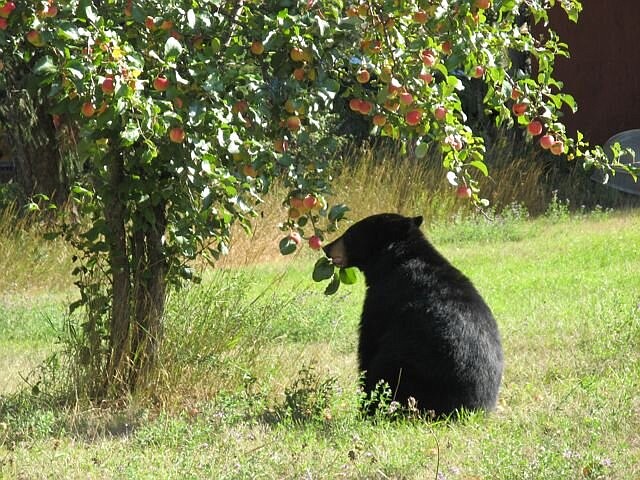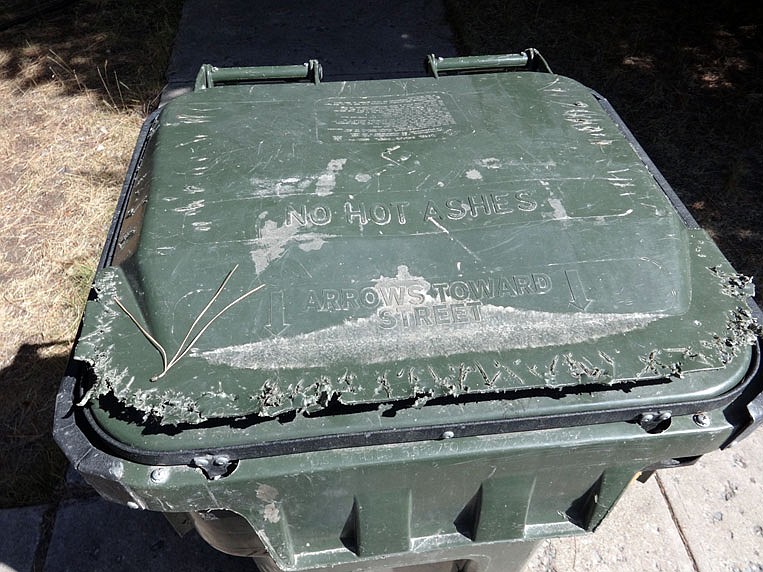Coexisting with Bears
Early spring is one of the few times of year when food sources for animals such as grizzly and black bears are relatively scarce. Because of this, it is essential that we work to contain our household attractants. Items such as garbage, small livestock like chickens and pigs, bird seed, dog food, and even backyard vegetable gardens or fruit orchards can serve as attractants for bears and other wildlife...
Become a Subscriber!
You have read all of your free articles this month. Select a plan below to start your subscription today.
Already a subscriber? Login





